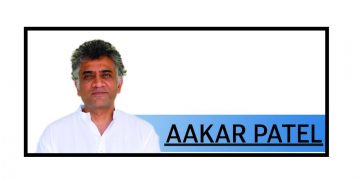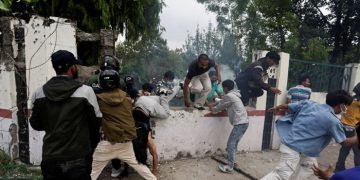Reuters
Milan (Italy), August 23: The Italian navy organised the rescue of around 4,400 migrants in waters off the Libyan coast on Saturday, prompted by requests for help received from nearly two dozen boats, in one of the biggest multi-national operations so far. Italy’s coast guard said in a statement on Sunday that it had coordinated rescue efforts involving numerous vessels, including a Norwegian and an Irish ship as part of the European Union’s Triton rescue mission.
Europe is struggling to cope with a record influx of refugees as people flee war in countries such as Syria. The migrants were travelling aboard inflatable dinghies and overcrowded boats, the coast guard said. The Mediterranean has become the world’s most deadly crossing point for migrants. More than 2,300 people have died this year in attempts to reach Europe by boat, according to the International Organisation for Migration.
Many are seeking alternative routes to Western Europe. On Saturday, thousands of rain-soaked migrants stormed across Macedonia’s border as police lobbed stun grenades and beat them with batons, seeking to enforce a decree to stem their flow through the Balkans to western Europe.
Macedonia clears migrant backlog
Gevgelija (Macedonia): More than 5,000 migrants crossed into Serbia on Sunday, resuming a journey to western Europe after an overwhelmed Macedonia gave up its attempts to stem the flow of mainly Syrian refugees by force. Macedonia laid on buses and trains to carry them north after days of havoc caused by the closure of its southern frontier by security forces, who used stun grenades and tear gas in an attempt to keep them out. The flow was unabated, as Greece ferried refugees from inundated islands to the mainland. A record 50,000 hit Greek land by boat from Turkey in July alone, bringing ripples of Middle Eastern conflicts to Europe’s shores. Serbian Defence Minister Bratislav Gasic, visiting a migrant reception centre on Serbia’s southern border with Macedonia, said more than 5,000 people had entered overnight as Macedonia cleared the backlog. Huge queues formed as migrants from the Middle East, Africa and Asia waited for papers to legalise their transit north through Serbia, before they cross by foot into Hungary and Europe’s borderless Schengen zone.






































